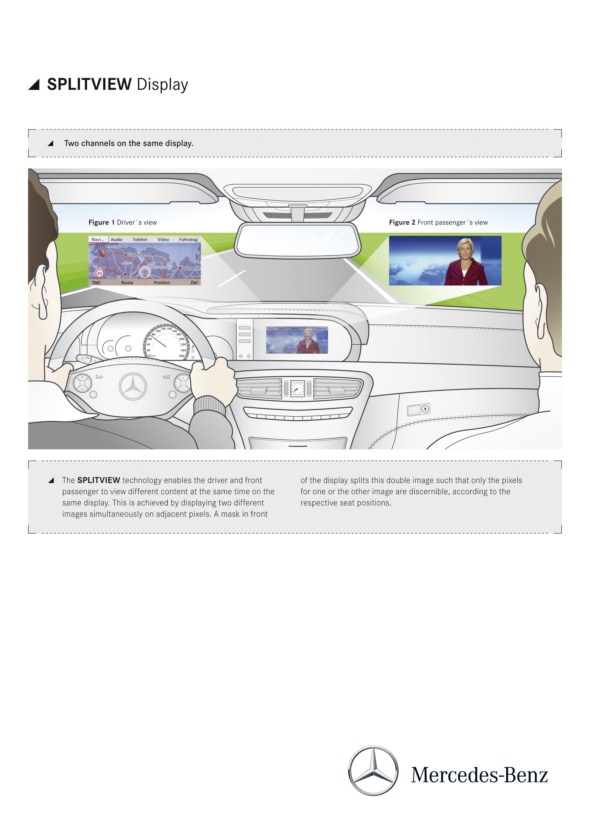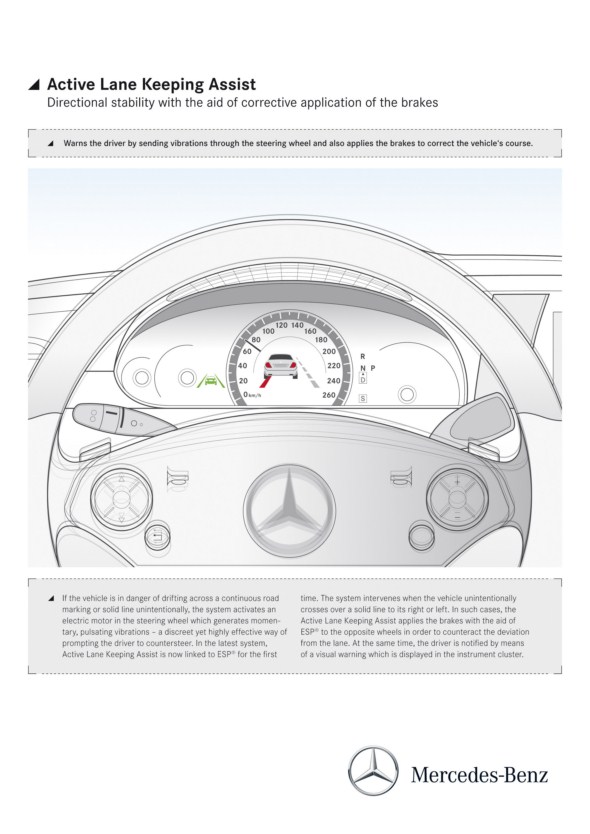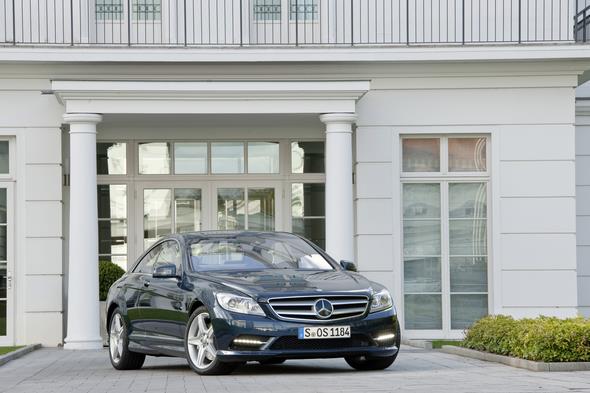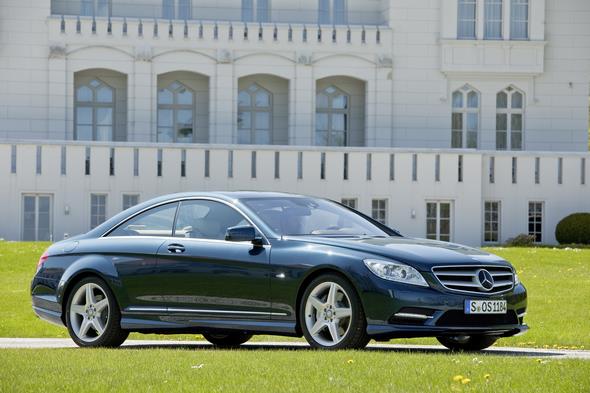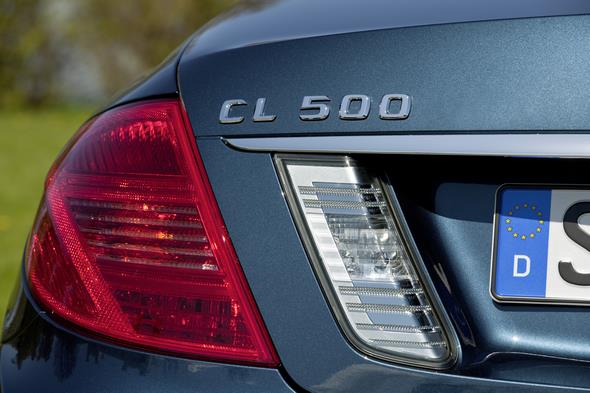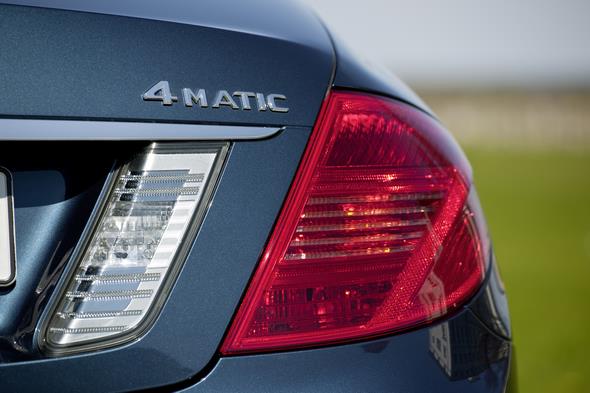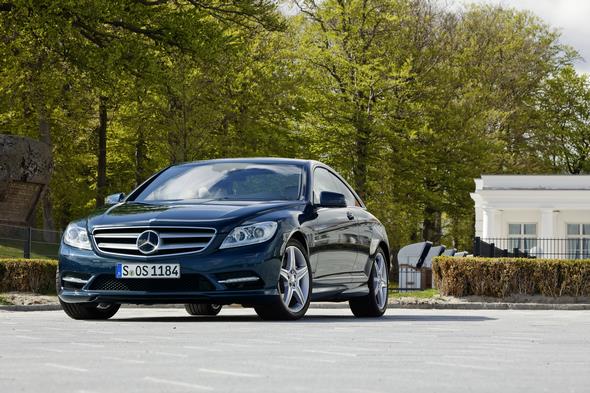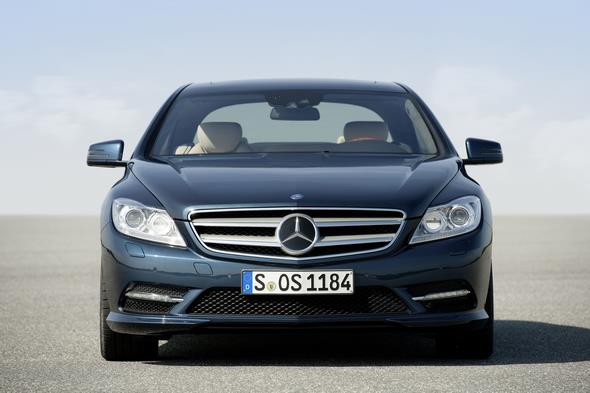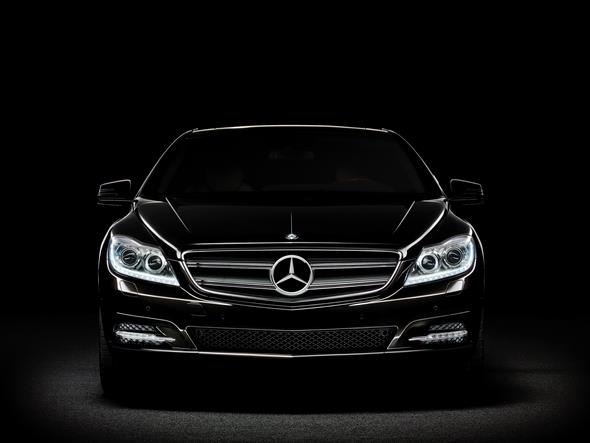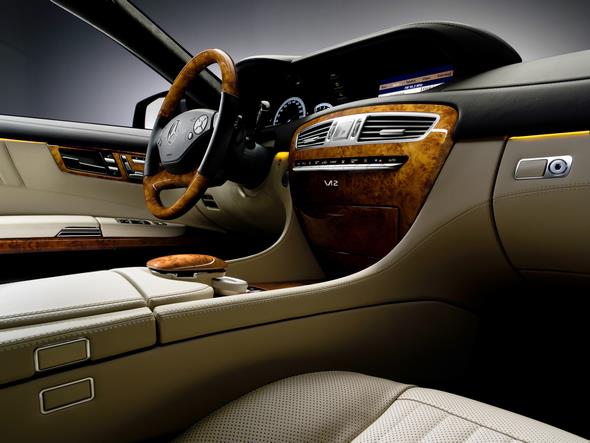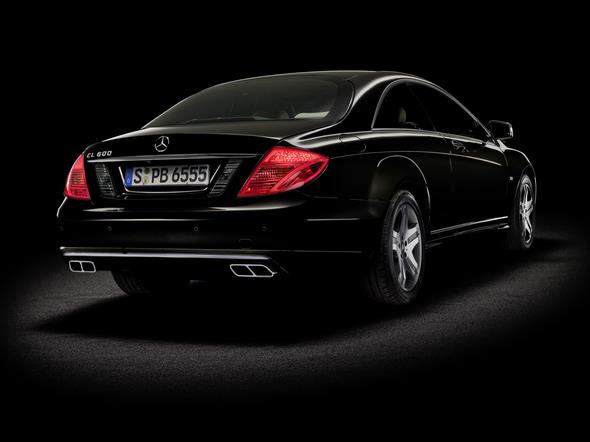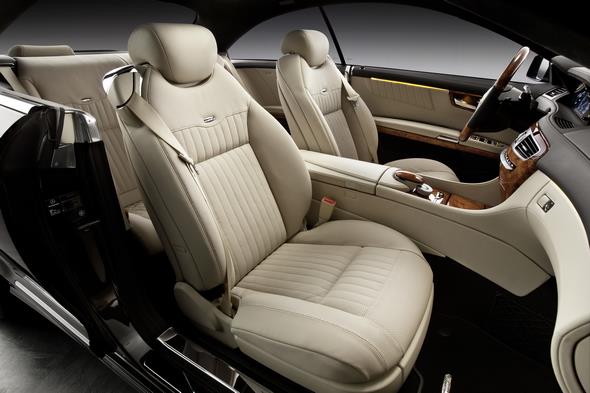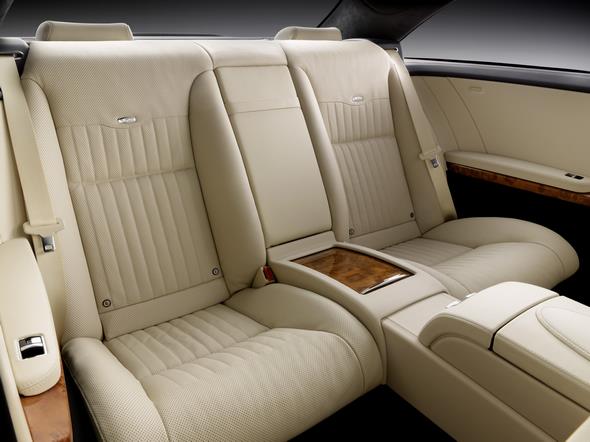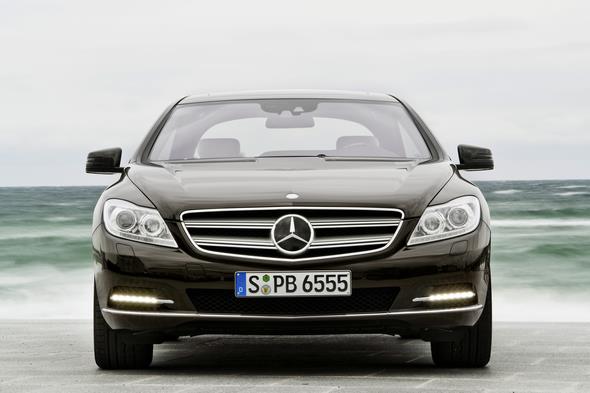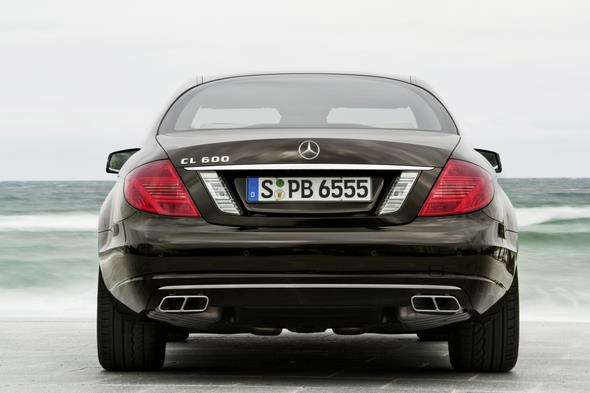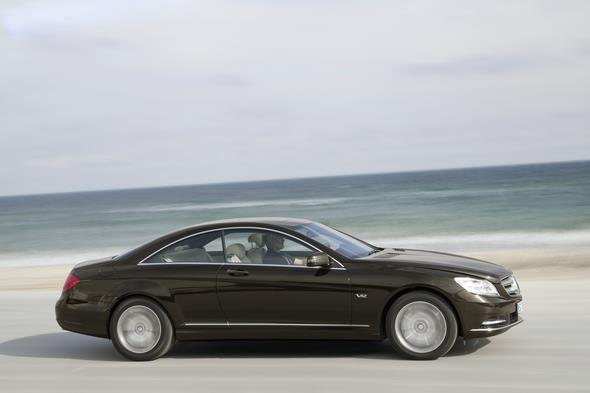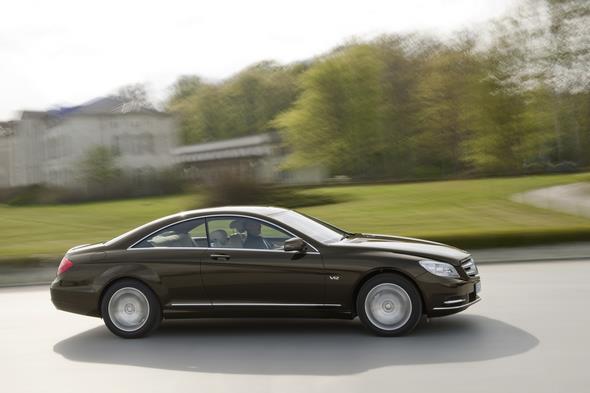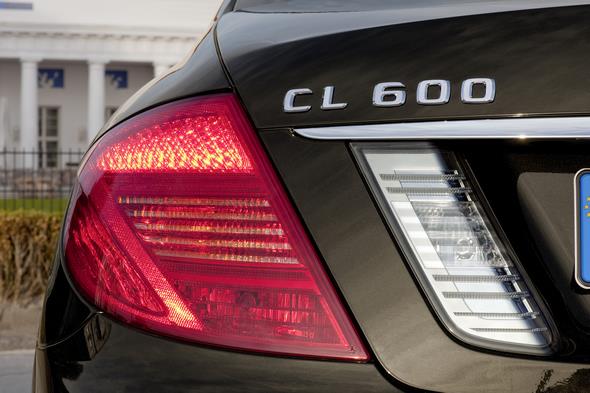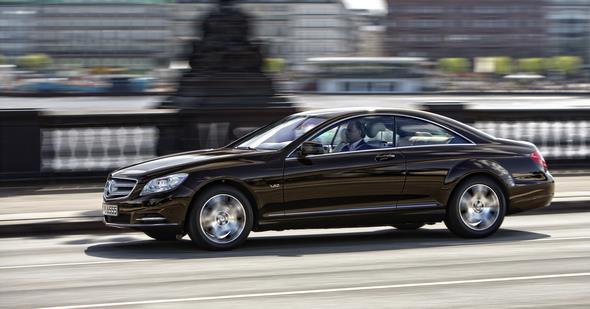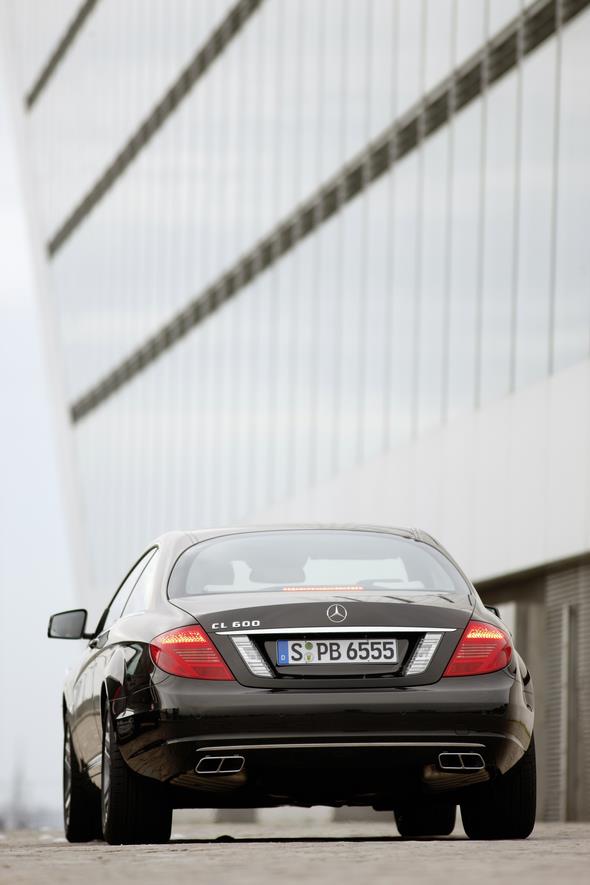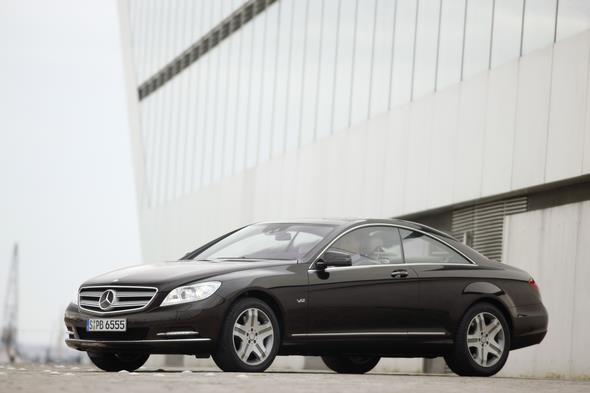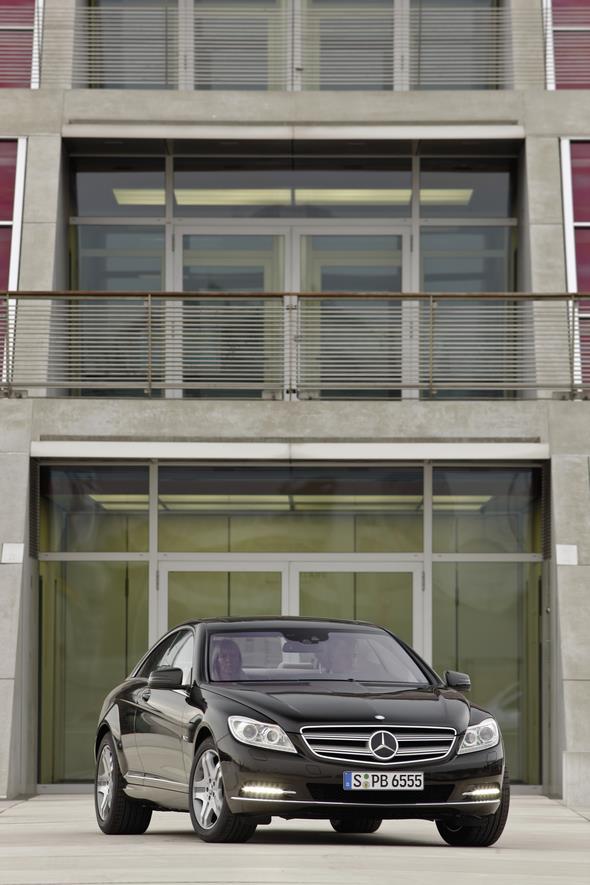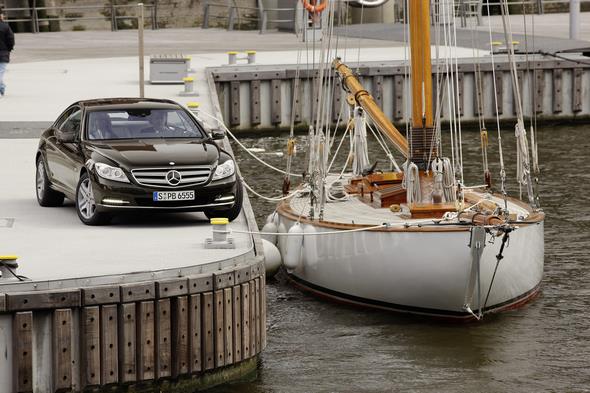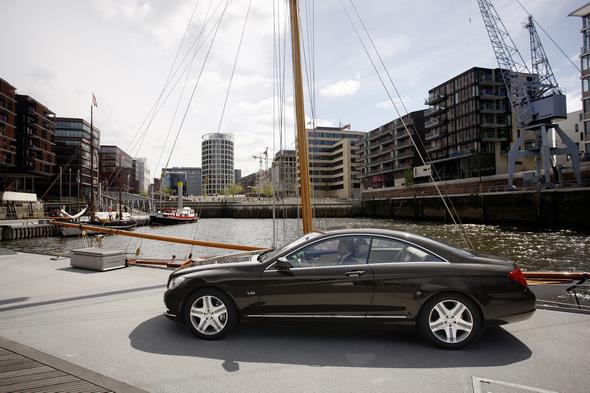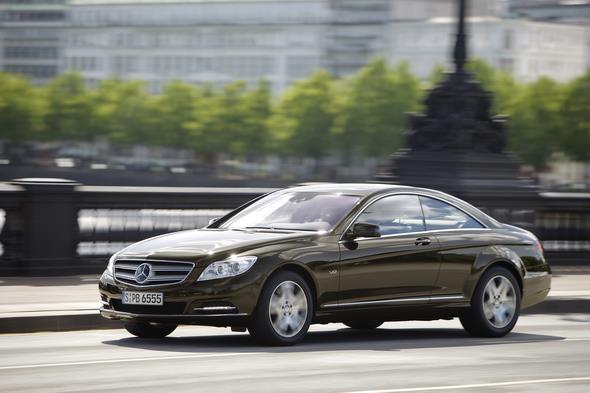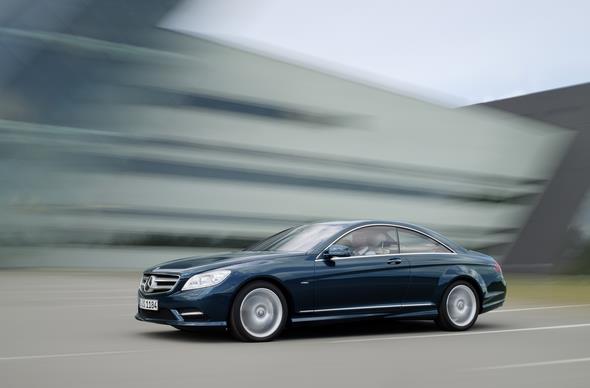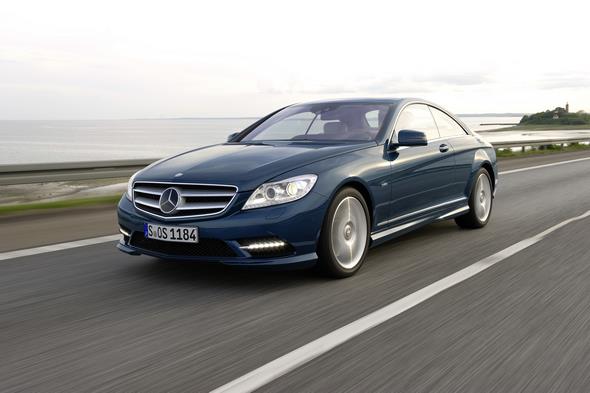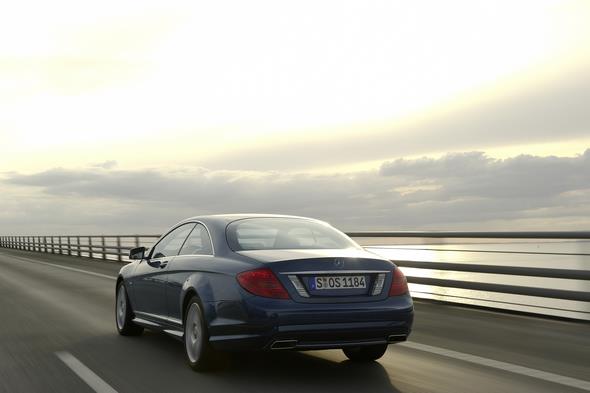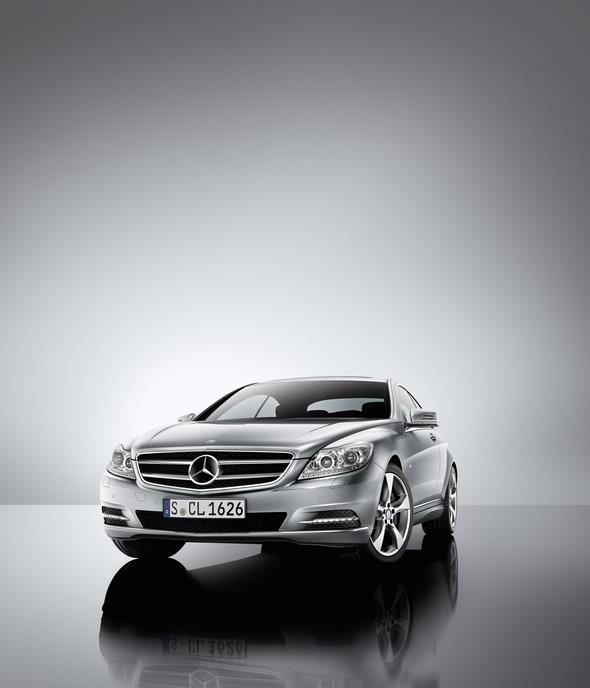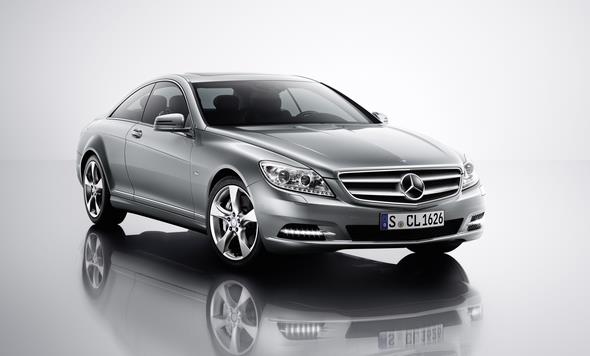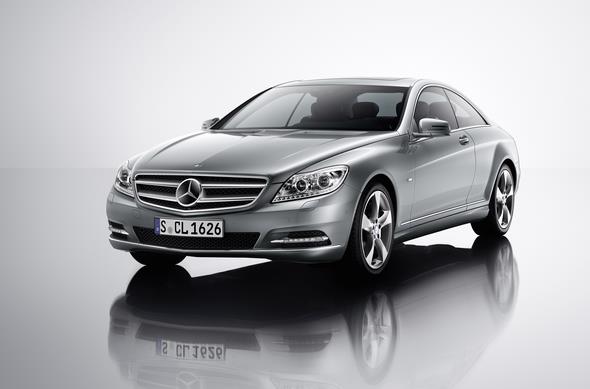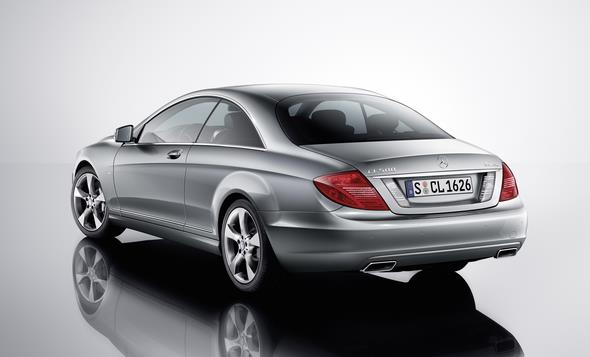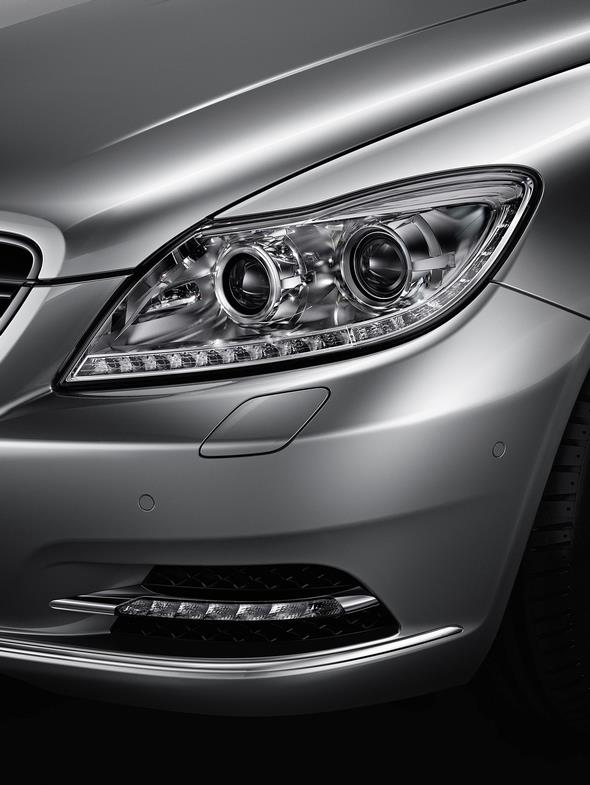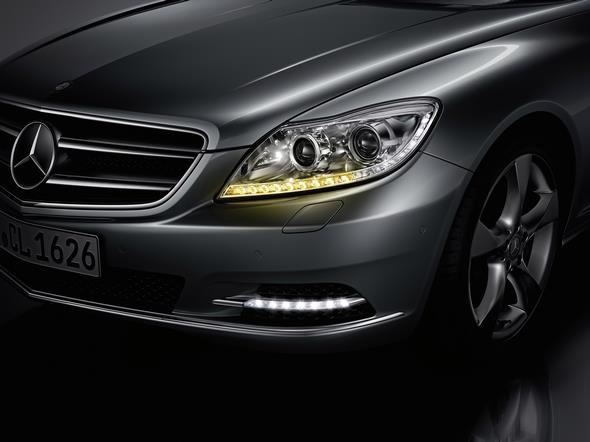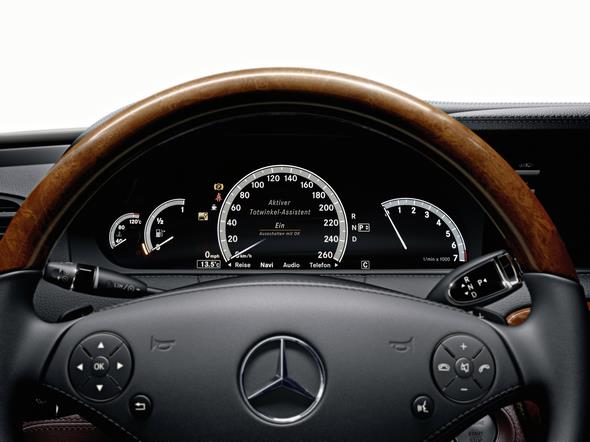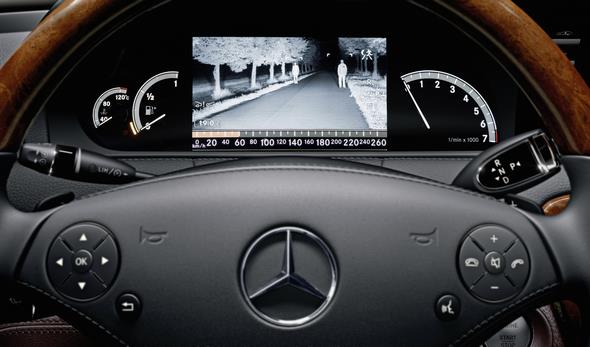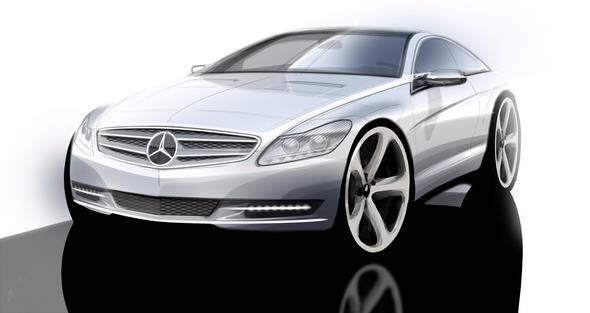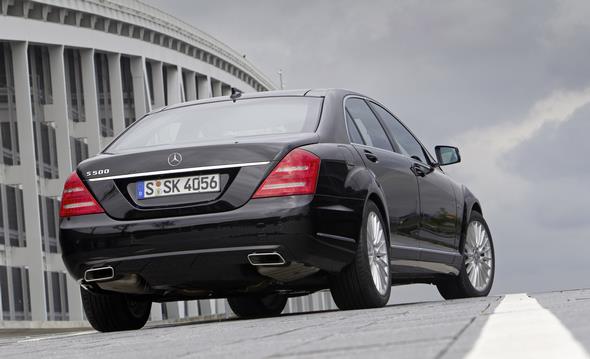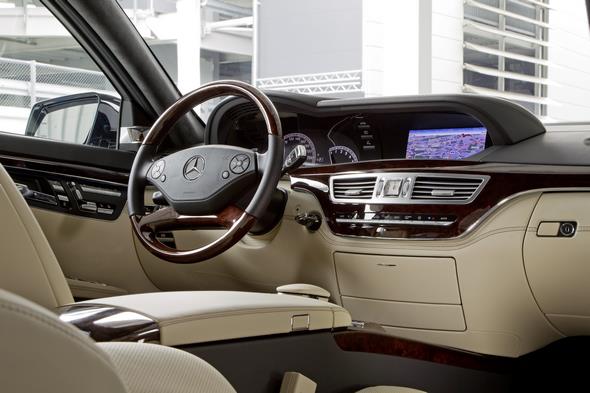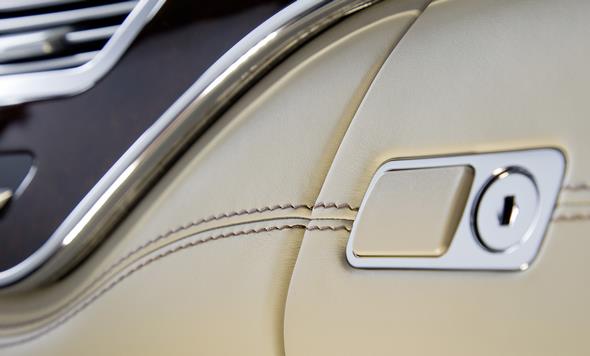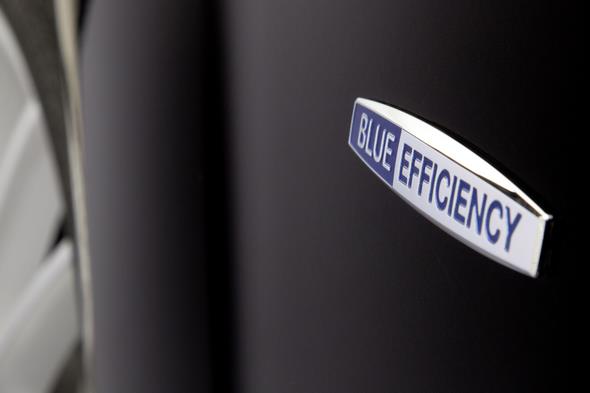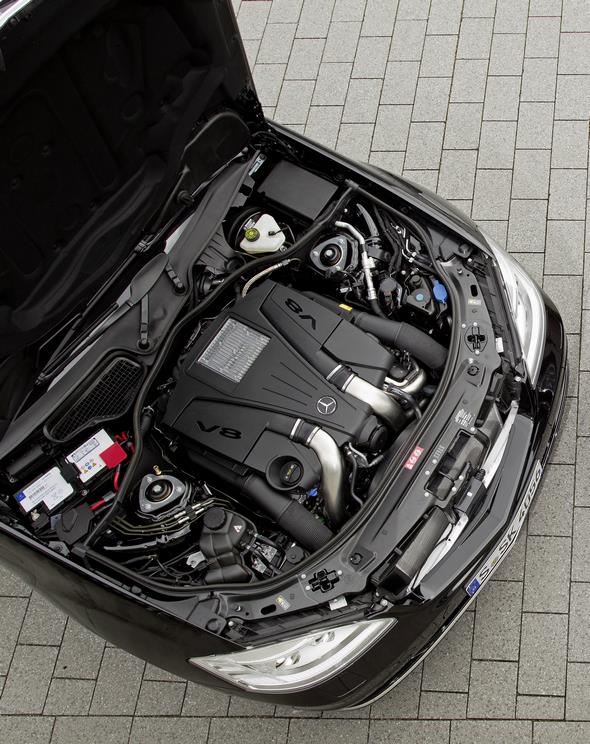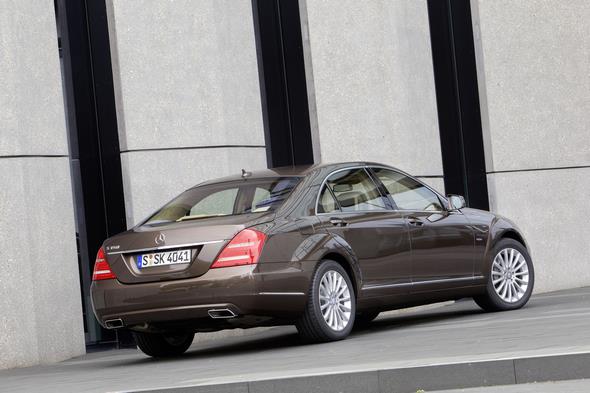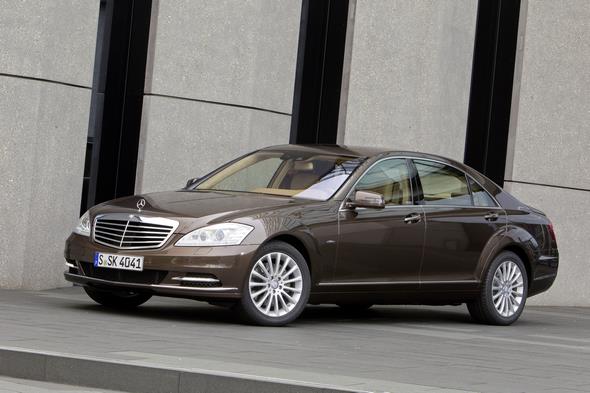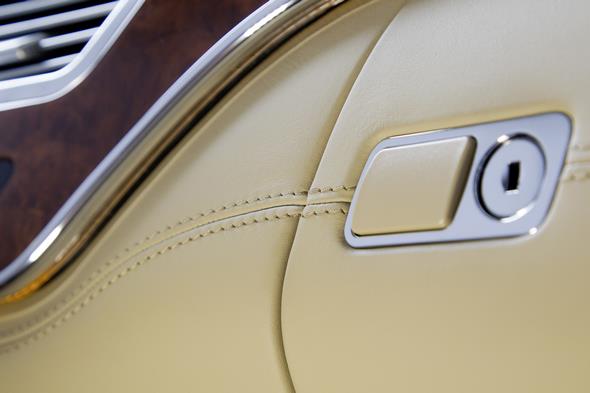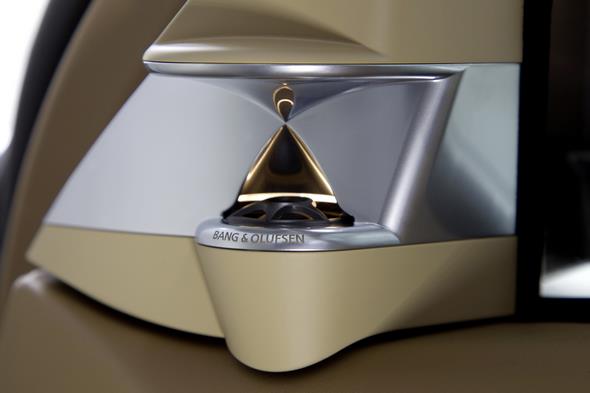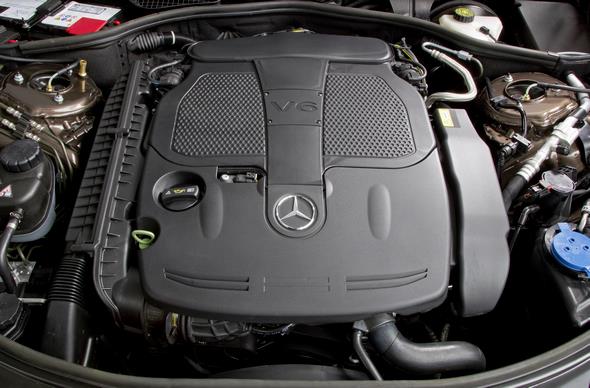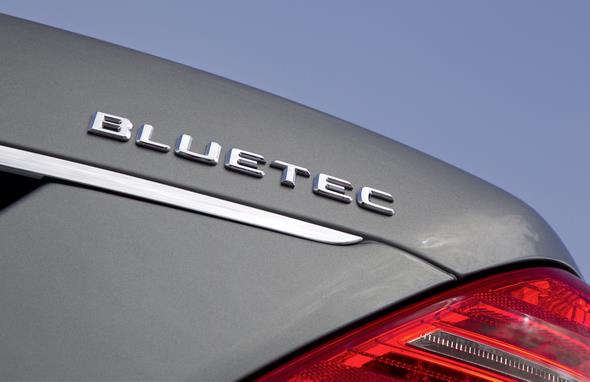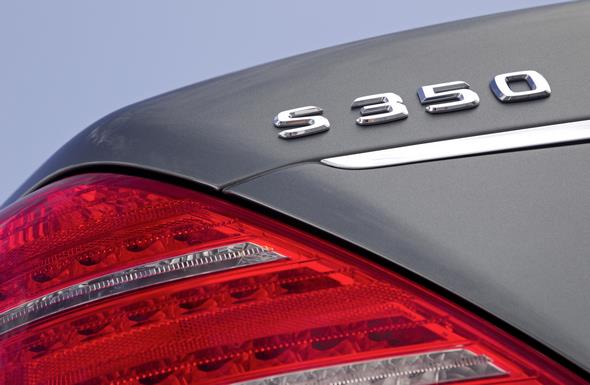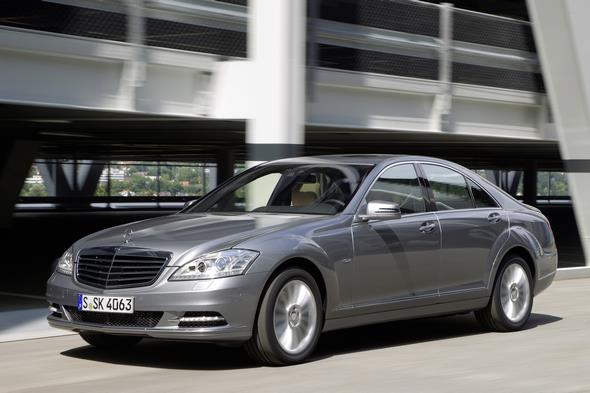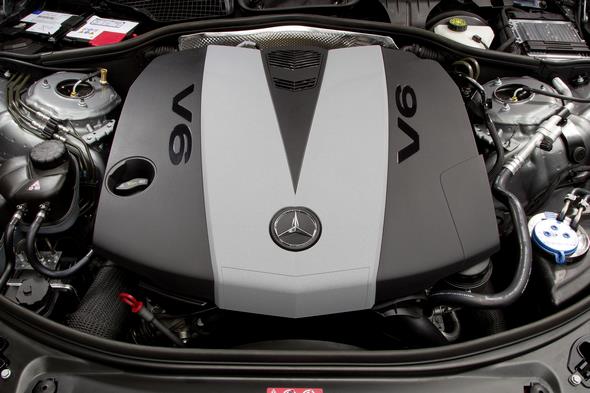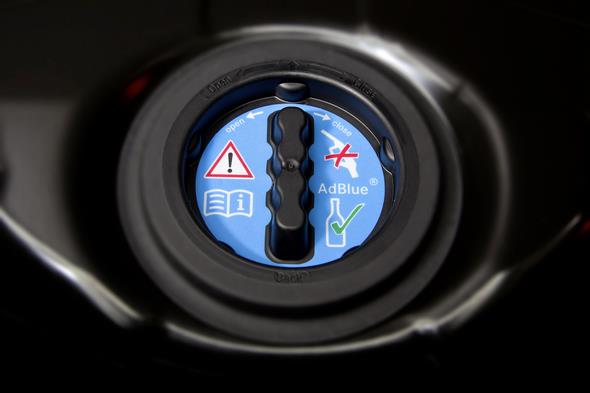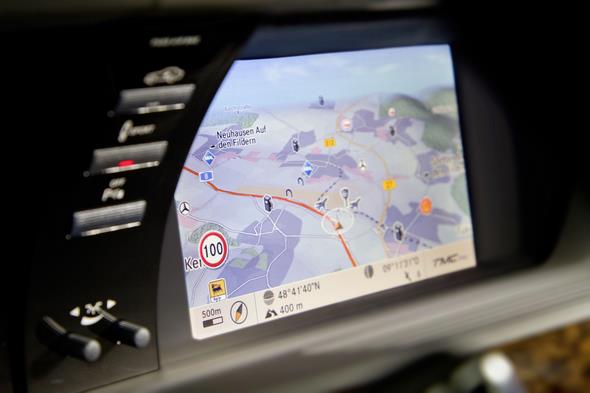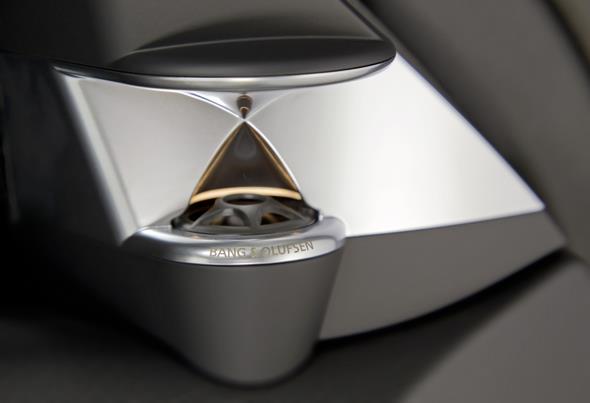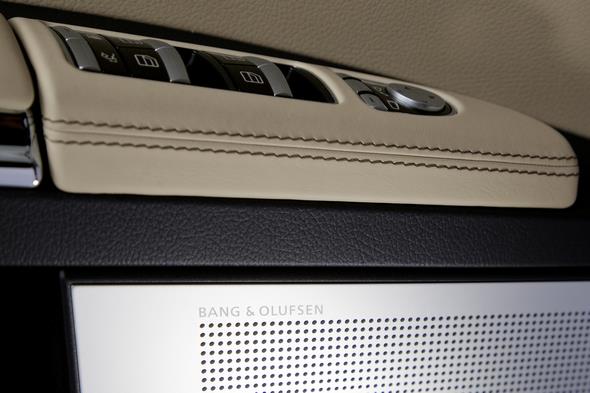Mercedes C216 CL-Class S-Class coupe 2007 – 2014


Mercedes-Benz C216 CL, soon to be S-Class coupé 2007 –

The Mercedes-Benz C216 platform is designed to replace the C215 platform presented at the 2006 Mondi ale de l’Automobile. In 2007, the W221 S-Class was presented as the latest generation of the S-Class series.
They are the biggest sedans fabricated this special division of Daimler AG, Mercedes Benz.

The S-Class represents a number of the company’s recent innovations like the drive train technologies, interior décor and safety accessories viz. seatbelt pretensioners.

It’s sold in the long wheelbase and standard variant models. The W221 S-Class engines are powered by V12, V6, diesel , V8 and hybrid drive trains.

The term “S-Class” an abbreviation of the derivative “Sonderklasse” means “special class” but in industry terms it refers to its special outfitting.
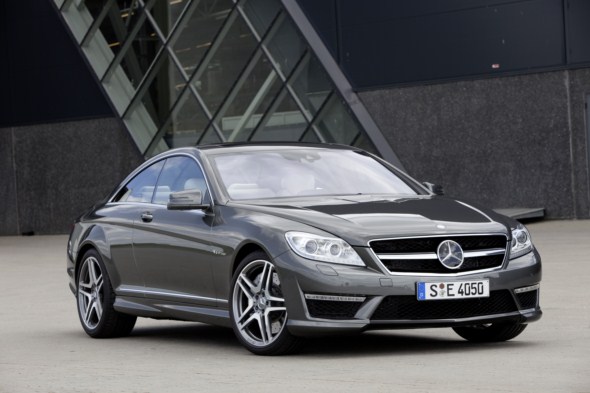
Previously, 2 door coupé versions were fabricated in different line-ups, but have in 2009 been re-instated as S-Coupé.

The W221 S-Class refers to the latest generation of S-Class, which is much larger than its predecessor the W220.
Its wide fender arcs lend it a sharp exterior and its new technological improvements include:
- infrared night view aid Night View Assist
- Pre-Safe collision systemew is fabricated in a sedan body style and its base prices in the U.S. range from for the S550, to for the S65 AMG. Most W221 models are produced at the Daimler AG plant in Sindelfingen, Germany.

The various models on offer in W221 S-class are:
- S300 (280)
- S350
- S450
- S550 (500)
- S600
- S320/S420 CDI
- S63 AMG
- S65 AMG
The sedan is expected to be renames to S Coupé, in a similar manner as the CLK was renamed as the E Coupé and the E Cabriolet.

The renaming is seen by some only as branding wise and may not do justice to the real benefit that customers are gifted with every time new technology is introduced.
The new Mercedes-Benz CL-Class: masterpiece among the luxury coupés

Stuttgart — The launch of the new CL-Class in autumn 2006 will be the culmination of a Mercedes-Benz coupé tradition going back over 50 years.
The two-door model combines peerless exclusivity and charismatic design with the sort of cutting-edge technology that no other manufacturer can match worldwide.
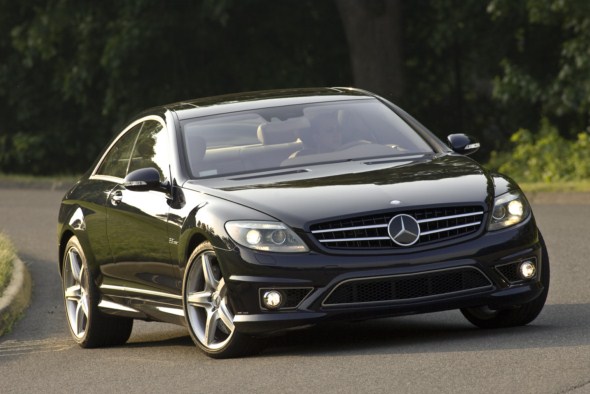
The luxury Coupé raises the bar in terms of vehicle safety with the PRE-SAFE® brakes: the unique system automatically brakes the Coupé before an imminent rear-end collision.

Furthermore, Mercedes innovations such as the Active Body Control (ABC) suspension system, the Intelligent Light System with five lighting functions and PRE-SAFE® anticipatory occupant protection all come as standard.

Two powerful engines with 8 or 12 cylinders are available, delivering a notable increase in output and torque.
Thanks to their exemplary smoothness they also live up to the Mercedes heritage of superb motoring refinement.

The large Mercedes Coupés have been synonymous with style and exclusivity in the automotive industry for decades.

They set the standard in terms of design and equipment, combine exemplary safety with an outstanding level of comfort and assured handling.
In short, Mercedes Coupés are extraordinary dream cars — automobile classics.

The new CL-Class is another Mercedes-Benz masterpiece. Just as the luxury coupé points the way to the future with its innovative technology, the design has also set the mould for a new Mercedes style.
Its hallmark is the interaction between distinctive tightly drawn lines with large, unruffled surfaces.

This design idiom lends the Coupé its own particular expressive power, emphasising the calm and power of its powerful, self-confident nature.

Familiar Mercedes features have been given a contemporary twist, resulting in a harmonious blend of the classic and contemporary.
Examples include the hallmark Mercedes radiator grille with its wide chrome louvres and the design of the C-pillar.

The unique, slightly downwards-tapering pillar configuration is a typical feature of the large Mercedes Coupés whose roots go right back to the 1950s: in 1956 the 220 S/SE Coupé (W 180/W 128 model series) first captured attention with this striking C-pillar design, and a few years later the concept was further refined in the successor model, the 220 SE Coupé (W 111/112).

Other design features which were already acclaimed back then have also been reinterpreted for the CL-Class, keeping alive the large coupé tradition of the Mercedes-Benz brand: the fully retractable side windows, for instance, whose continuous aperture is not interrupted by a B-pillar, and the large, curving panoramic rear window.

In the early days this was a typical styling feature of the Mercedes Coupés, and in its stylistically evolved form for the new CL-Class it is just as appealing as in the 220 SE Coupé of 1961.
Interior: equipment for even the most discerning driver
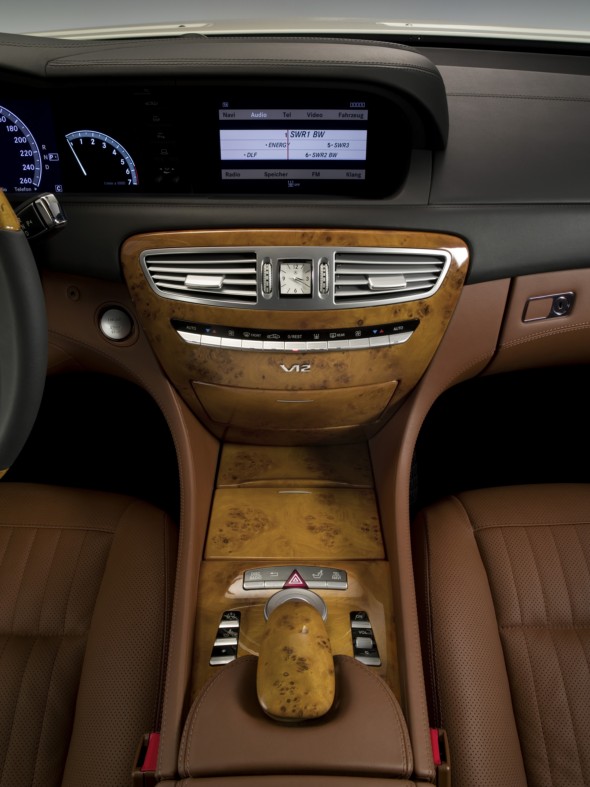
Style finds its way into the interior too: the large side window aperture draws the eye to the stylish dashboard, exquisite wood trim and soft leather upholstery.
In an instant you realise that everything in the interior of the new CL-Class is designed for comfort and relaxation.

The atmosphere is reminiscent of an exclusive club: take a seat and enjoy. Five stylish colour combinations are available; automatic climate control, COMAND with car radio and CD/DVD player as well as a glass sunroof are all part of the standard specification, elements that come together to deliver a unique motoring and comfort experience.

In the top-of-the-line CL 600 the Exclusive PASSION leather appointments, specially selected poplar wood and an Alcantara roof liner with quilted seams provide the finishing touches to an exquisite first-class ambience, a look and feel also echoed in the seats with their designo styling, the chromed door sill panels and floor mats with leather edging.

The standard specification also includes dynamic multicontour seats with massage function and seat ventilation, the hard-disc navigation system COMAND APS, the LOGIC7® surround sound system with DVD changer and the KEYLESS-GO access and drive authorisation system.

Compared with the outgoing model, the new Mercedes-Benz top-of-the-range coupé has grown slightly in every dimension. 5065 millimetres long, 1871 millimetres wide and 1418 millimetres high, the body is 75 millimetres longer, 14 millimetres wider and 20 millimetres higher than before, providing even more comfort and space on all four seats.

The boot capacity has been increased by 40 litres to 490 litres (VDA measuring method).

Control system: fewer switches for more functions
A newly developed control system, which has already been successfully implemented in the S‑Class worldwide, refines driver-vehicle interaction even further.
Above all, it provides convenient, rapid access to frequently used functions such as car radio, DVD player, car phone or navigation system.

Depending on the driver’s own preference, these systems can be controlled using switches in the centre console, pressing a button on the multifunction steering wheel or using the COMAND controller on the centre console.

This central control unit is linked to the large, pivoting COMAND colour display next to the instrument cluster, providing access to the user-friendly main and sub-menus that activate the various functions.

The standard-fit automatic climate control with four independently adjustable temperature zones is also integrated into the new control system.
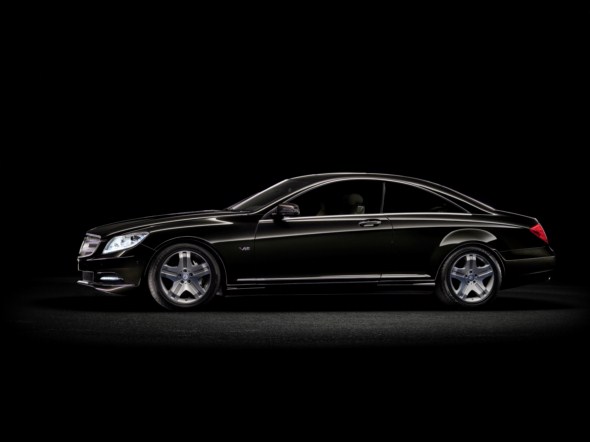
The driver and front passenger can select temperature, air distribution and other settings either using the COMAND controller and menu-based control, or by means of an attractively styled switch array beneath the air vents.

The COMAND system allows other individual climate settings to be adjusted such as air distribution and the footwell temperature.

The newly developed integral seats in the CL-Class provide maximum individual seating comfort.

“Integral” means that all components of the seat-belt system are incorporated directly into the seat; hence the seats form an important component in the occupant protection system.

The standard specification already provides electric adjustment of the fore-aft setting, inclination of the seat and backrest, seat height, head restraint and length of the front seat cushions.

Pneumatic lumbar supports allow the driver and front passenger to adjust the backrest contour to suit their build and consequently reduce the strain on the back muscles.

Optional extras include luxury seats with active ventilation (standard in the CL 600) that provide even more individual comfort, along with the further enhanced multicontour seats with nine air cushions, and dynamic multicontour seats with massage function (standard in the CL 600).

The driver and front passenger seats with multicontour function have been awarded the AGR (“healthy back campaign”) seal of approval.
Active Body Control: the perfect combination of dynamism and comfort
The standard specification in the new Mercedes Coupé features technological innovations that no other manufacturer can match anywhere in the world.

First and foremost is the Active Body Control (ABC) suspension system, which in its latest, even more sophisticated guise delivers unprecedented handling dynamics while offering an equally appreciable improvement in ride comfort.

Based on sensor signals and using specially designed hydraulic cylinders at the axles, ABC all but entirely eliminates the customary pitch and roll of the body that occur when moving off, cornering and braking.

ABC responds with split-second speed to ensure the body damping is adjusted instantly to any situation.
At speeds above 60 km/h, ABC lowers the body by up to ten millimetres to reduce drag and improve handling stability.
Intelligent Light System: five lighting functions to match driving and weather conditions
The Intelligent Light System, which makes driving even safer in the dark, is equally unique.

Together with bi-xenon headlamps it forms part of the standard specification for the new CL-Class and provides five different lighting functions that are activated to match driving and weather conditions: the new country road mode illuminates the driver’s-side edge of the road more widely and brightly than the existing low-beam headlamps.

Motorway mode, which comes on automatically when driving above 90 km/h, delivers a uniform cone of light that illuminates the entire road width.

In the centre of this cone the driver is able to see around 50 metres further. The enhanced fog lamps are also new, which Mercedes-Benz uses to provide better orientation in adverse weather conditions.

Active light function and cornering light function are also part of the standard-fit Intelligent Light System on the CL‑Class.

PRE-SAFE®: automatic partial braking before an impending accident
Mercedes-Benz is the world’s first car brand to develop an anticipatory occupant protection system that recognises a potential accident situation in its early stages and takes anticipatory occupant protection measures: PRE-SAFE® is standard-fit on the new CL-Class.

During emergency braking or when skidding is imminent, the system moves the passenger seat into the most favourable position so that seat belts and airbags have maximum effect on impact.
It also inflates air cushions in the dynamic multicontour seats (standard in the CL 600), which envelop and support the driver and front passenger.
PRE-SAFE® also closes the side windows and the sunroof in critical situations where high lateral dynamics are generated.

Mercedes-Benz has just made this multi-award-winning anticipatory protection system even better in the CL-Class with the newly developed PRE-SAFE® brakes.
They operate in tandem with Brake Assist PLUS (BAS PLUS), which warns the driver of an imminent rear-end collision with visual and audible signals and automatically calculates the required braking pressure to prevent an accident.

This braking-power support is available as soon as the brake pedal is operated. If the driver does not react to the BAS PLUS warnings, the PRE-SAFE® brakes trigger automatic partial braking where an accident is imminent and slow the CL‑Class down using around 40 percent of the total braking power.

The automatic partial braking provides the driver with another clear warning to act.
If the driver then immediately applies the brakes, the maximum braking force is available and the accident can — depending on the situation — be averted at the last moment.
If an accident is unavoidable, the PRE-SAFE® brakes reduce the impact severity and, in turn, the risk of injury to the vehicle occupants.

As with Brake Assist PLUS, the new PRE-SAFE® brakes also utilise state-of-the-art radar technology to scan the situation in front of the car and detect a potential accident.
Two short-range radar sensors with a range of 30 metres and a scanning angle of 80° are located behind the front bumper fascia on the CL-Class.
The additional long-range radar in the radiator grille has a range of 150 metres.

Mercedes-Benz also offers BAS PLUS and PRE-SAFE® brakes in conjunction with the optional DISTRONIC PLUS proximity cruise control.
Assistance systems: radar sensors make parking child’s play
The newly developed parking guidance system (optional extra) also works on the basis of radar technology: the sensors measure the length of a parking space when driving past and show on the cockpit display whether there is sufficient space to park.
Once reverse gear is engaged, the display then includes a symbolic representation of the parking manoeuvre; guide lines show the required steering angle and indicate the path into the parking space.

Night view assist with infrared headlamps, reversing camera, voice control for car radio, DVD changer and navigation as well as tyre pressure monitoring system are other optional Mercedes assistance systems for increased handling safety and comfort.

Engines: eight and twelve-cylinder powerplants with noticeably more power
The new luxury Coupé is ready for any challenge on motorways and rural roads thanks to Mercedes’ most powerful engines to date.
The eight-cylinder powerplant in the CL 500 delivers 285 kW/388 hp and generates a maximum torque of 530 Newton metres from 2800 rpm.

As such the newly developed engine outperforms the existing V8 unit by 26 percent in terms of output and 15 percent when it comes to torque.
Equipped with four-valve technology, variably adjustable shifting camshafts, a two-stage intake module and tumble flaps in the intake ducts, the new V8 is among the most advanced, powerful engines in its displacement class.
The CL 500 accelerates from zero to 100 km/h in just 5.4 seconds (previous model: 6.3 seconds).

An ultra-modern biturbo twelve-cylinder engine under the bonnet of the new CL 600 generates its impressive power.
Mercedes engineers have enhanced numerous details of the power unit and, compared to the predecessor model, have increased output by 12 kW/17 hp to 380 kW/517 hp.

The maximum torque, already on tap from 1900 rpm, has been improved further by 30 Newton metres to 830 Newton metres and remains constant up to 3500 rpm.
The new CL 600 accelerates from 0 to 100 km/h in just 4.6 seconds (previous model: 4.8 seconds).
And despite the significant performance boost the V12 engine consumes 0.4 litres less fuel than the previous CL 600 per 100 kilometres.
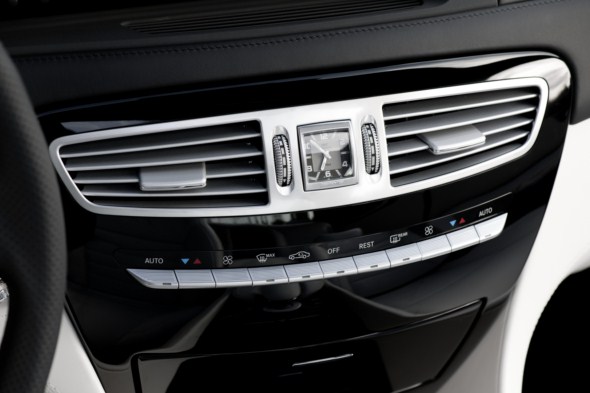
Mercedes-Benz has combined the standard-fit automatic transmission with the new DIRECT SELECT gearshift: the driver can select the transmission settings “P”, “N”, “R” and “D” by nudging a lever on the steering column. Operating commands are transmitted electronically by wire.

Tradition: seven generations of the Mercedes-Benz Coupé
The new CL-Class ushers in the seventh generation of the large Mercedes Coupés. The two-door model replaces the world-beating outgoing model, which joins the ranks of the best-selling luxury coupés with around 46,800 units sold.

The history of the large Mercedes Coupés stretches back to 1952 when Mercedes‑Benz launched the legendary 300 S Coupé — a “car for the world’s elite” was the verdict of the motoring press in its day.
In 1956 it was followed by the 220 S Coupé as part of the W 180 model series, which fired the public’s imagination with its unitised “Pontoon” body in particular.

And in 1961 the 220 SEb Coupé (W 111 model series) took up the baton with its stylish elongated body.
In 1981 the SEC Coupés from the C 126 model series were based on the then S‑Class and remained in the Mercedes-Benz line-up for 10 years with over 74,000 units produced.
In 1992 the Geneva Motor Show was host to the launch of the successor model (C 140 model series), powered for the first time by a 290 kW/394 hp twelve-cylinder engine.

The predecessor to the new CL-Class Coupé celebrated its world premiere in March 1999, setting new standards with leading‑edge Mercedes innovations such as the Active Body Control (ABC) suspension system and bi-xenon headlamps.

Mercedes-Benz has built over 178,000 luxury coupés since 1952.
Mercedes-Benz CL 500
Engine
| No. of cylinders/arrangement | 8/V, 4 valves per cylinder | |
| Total displacement | cc | 5461 |
| Bore x stroke | mm | 98.0 x 90.5 |
| Rated output | kW/hp | 285/388 at 6000 rpm |
| Rated torque | Nm | 530 at 2800-4800 rpm |
| Compression ratio | 10.7 : 1 | |
| Mixture preparation | Microprocessor-controlled petrol injection with hot-film mass airflow sensor |
Power transfer
| Drive system | Standard drive | |
| Transmission | Seven-speed automatic transmission | |
| Ratios | Final drive1st gear2nd gear3rd gear4th gear5th gear6th gear7th gearReverse | 2.654.3772.8591.9211.3681.0000.8200.728-3.416/-2.231 |
Suspension
| Front axle | Four-link axle, Active Body Control suspension system |
| Rear axle | Multi-link independent suspension, Active Body Control suspension system |
| Braking system | Disc brakes all-round, internally ventilated, perforated at the front, electrically operated drum-type parking brake at rear, ABS, Brake Assist, ESP® |
| Steering | Speed-sensitive rack-and-pinion power steering, steering damper |
| Wheels | 8 J x 17 ET 43 |
| Tyres | 235/55 R 17 |
Dimensions and weights
| Wheelbase | mm | 2955 |
| Track front/rear | mm | 1601/1607 |
| Overall length | mm | 5065 |
| Overall width | mm | 1871 |
| Overall height | mm | 1418 |
| Turning circle | m | 11.6 |
| Boot capacity* | l | 490 |
| Kerb weight acc. to EC** | kg | 1995 |
| Payload (basis kerb wt. acc. to EC) | kg | 515 |
| Gross vehicle weight | kg | 2510 |
| Tank capacity/reserve | l | 90/11 |
Performance and fuel consumption
| Acceleration 0-100 km/hAcceleration 60-120 km/h | ss | 5.45.9 |
| Max. speed | km/h | 250 |
| Fuel consumption*** | l/100 km | 12.1 |
*Acc. to VDA measuring method; **Incl. 75 kg for driver and luggage; ***Combined
Mercedes-Benz CL 600
Engine
| No. of cylinders/arrangement | 12/V, 3 valves per cylinder | |
| Total displacement | cc | 5513 |
| Bore x stroke | mm | 82 x 87 |
| Rated output | kW/hp | 380/517 at 5000 rpm |
| Rated torque | Nm | 830 at 1900-3500 rpm |
| Compression ratio | 9.0 : 1 | |
| Mixture preparation | Microprocessor-controlled petrol injection with hot-film mass airflow sensor, biturbo system |
Power transfer
| Drive system | Standard drive | |
| Transmission | Five-speed automatic transmission | |
| Ratios | Final drive1st gear2nd gear3rd gear4th gear5th gearReverse | 2.653.602.191.411.00.83-3.17/-1.93 |
Suspension
| Front axle | Four-link axle, Active Body Control suspension system |
| Rear axle | Multi-link independent suspension, Active Body Control suspension system |
| Braking system | Disc brakes all-round, internally ventilated, perforated at the front, electrically operated drum-type parking brake at rear, ABS, Brake Assist, ESP® |
| Steering | Speed-sensitive rack-and-pinion power steering, steering damper |
| Wheels | front: 8.5 J x 18 ET 43; rear: 9.5 J x 18 ET 43 |
| Tyres | front: 255/45 R 18; rear: 275/45 R 18 |
Dimensions and weights
| Wheelbase | mm | 2955 |
| Track front/rear | mm | 1601/1607 |
| Overall length | mm | 5065 |
| Overall width | mm | 1871 |
| Overall height | mm | 1419 |
| Turning circle | m | 11.6 |
| Boot capacity* | l | 490 |
| Kerb weight acc. to EC** | kg | 2185 |
| Payload (basis kerb wt. acc. to EC) | kg | 435 |
| Gross vehicle weight | kg | 2620 |
| Tank capacity/reserve | l | 90/11 |
Performance and fuel consumption
| Acceleration 0-100 km/hAcceleration 60-120 km/h | ss | 4.64.8 |
| Max. speed | km/h | 250 (limited) |
| Fuel consumption*** | l/100 km | 14.3 |
*Acc. to VDA measuring method; **Incl. 75 kg for driver and luggage; ***Combined
Update 2010 July

The restyled CL63 AMG features the new AMG 5.5-liter biturbo engine generating a maximum output (with the optional AMG Performance Package) of 563 hp and 664 lb-ft of torque.

Other highlights include sophisticated direct gasoline injection, twin turbochargers, fuel efficient stop/start technology and the award-winning AMG SPEEDSHIFT MCT 7-speed sports transmission.
The 2011 CL63 AMG and CL65 AMG go on-sale in November in USA.

The first-class comfort offered by the new Mercedes-Benz CL-Class is also an audible experience.
Thanks to meticulous development work and the most modern testing procedures, the coupé is by far the quietest car in its class.





Active Body Control: New Mercedes coupé comes with the very best chassis technology as standard
With Active Body Control (ABC), the new Mercedes-Benz CL-Class features a milestone development in advanced chassis technology as standard equipment.
Mercedes engineers have now further enhanced the system, which adjusts the suspension to the driving situation within a fraction of a second.
As a result, ABC is now even better, providing superior handling while also ensuring a high level of comfort.









In addition the new CL-Class features an S/C/M button in the centre console with which the driver is able to modify the overall characteristics of the coupé from “comfortable” to “sporty”:
- Comfort: In this mode the automatic transmission changes the gears at lower engine speeds, and the CL coupé moves off in second gear. The ABC suspension operates in Comfort mode, comfortably smoothing out uneven road surfaces and bumps.
- Sport: The automatic transmission makes full use of the engine speed range in this setting. The ABC suspension operates in Sport mode as well, with a stiffer damping effect on uneven surfaces and bumps. The characteristic map of the accelerator is also modified, so that the engine responds more rapidly when acceleration is required.
- Manual: The automatic transmission is operated manually using gearshift buttons on the steering wheel, with significantly reduced gearshift times compared to the Sport mode. The suspension configuration selected by Active Body Control is the same as in Sport mode, as is the characteristic map of the accelerator.
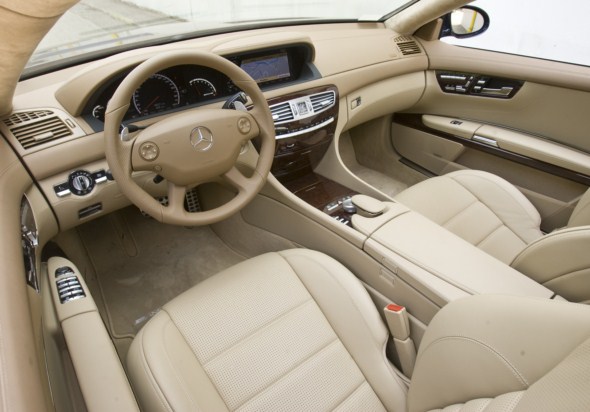
If the CL-Class is travelling on poor roads which make a higher ground clearance advisable, the driver is able to raise the suspension by 45 millimetres at the touch of a button.
When travelling at high speed in Sport mode, ABC automatically lowers the suspension by up to ten millimetres to reduce aerodynamic drag and lower the fuel consumption.

CL “Grand Edition”: The epitome of the luxury coupé
Mercedes-Benz is marking the anniversary of “60 years of the S-Class Coupé” with a new “Grand Edition” model.
The features of the CL‑Class “Grand Edition” include exclusive designo paintwork, high-quality designo leather appointments and sportily elegant 20-inch wheels..
AMG bodystyling elements add a distinctive touch of sportiness, while a special badge indicates the exclusive nature of this anniversary edition of the luxury coupé.

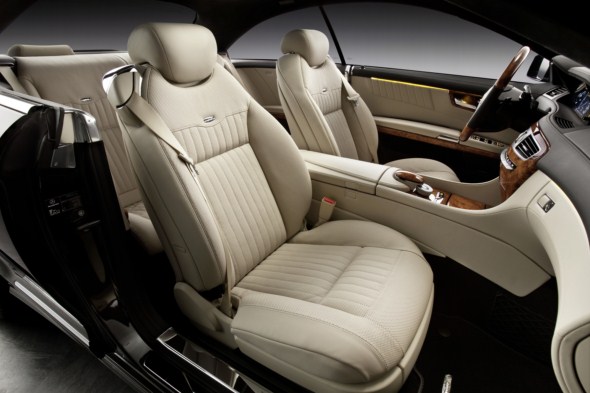









The technology behind the new Mercedes-Benz CL-Class – Parking assistance: New Mercedes coupé uses radar to help the driver park
A newly developed parking guidance system is making its series production debut in the Mercedes-Benz CL-Class this autumn.
The system uses radar technology to help the driver find a suitable parking space and park the vehicle.








